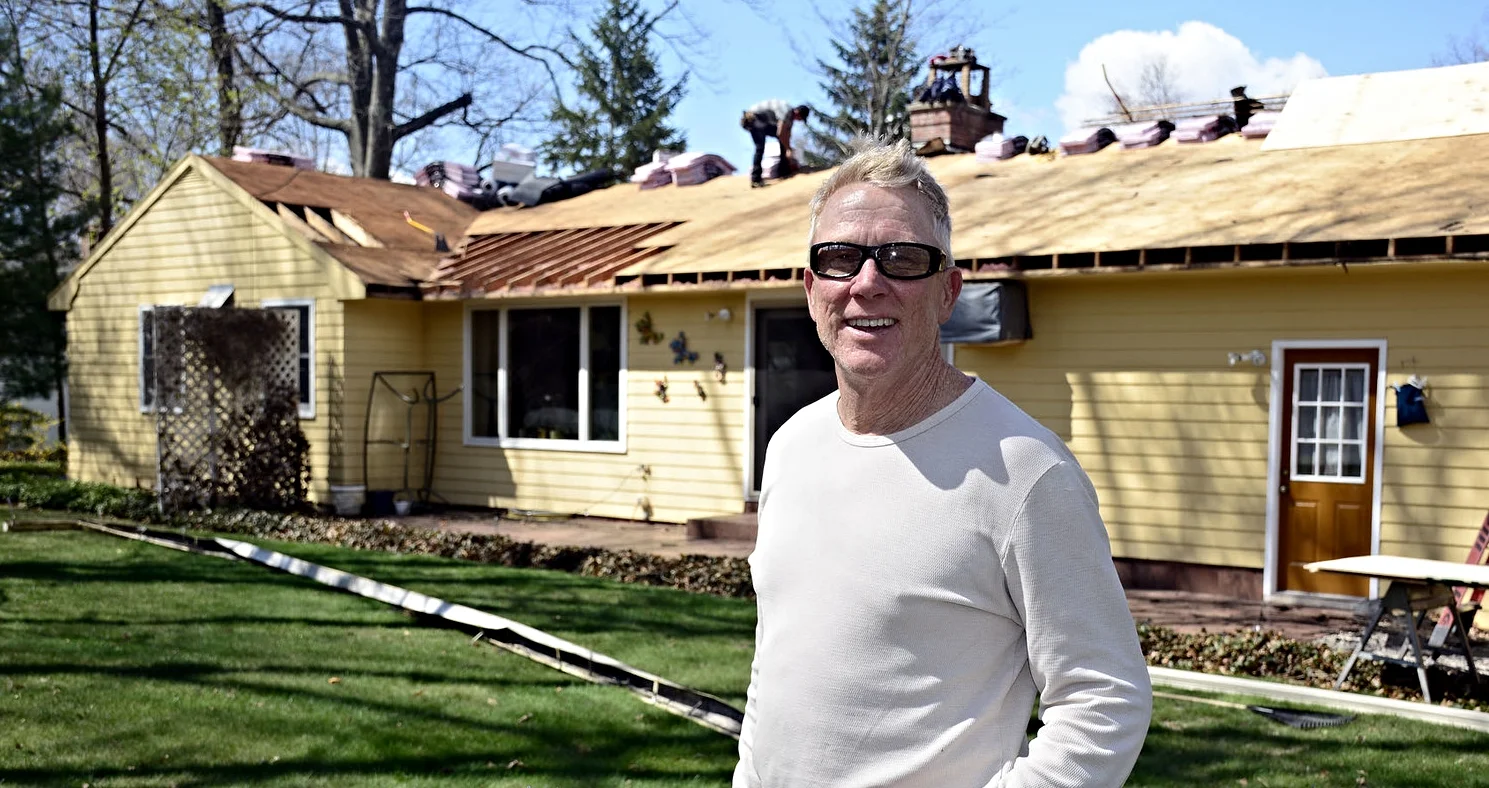A Quick Guide to LED Lightbulbs
Chelsea O'Donnell
Lighting can make or break the mood and functionality of a room. If it’s too dim, you’ll be stuck squinting and turning on extra power sources that you probably don’t need. If it’s too bright, you’ll feel like you’re in a grocery store or a shopping mall. With LED lighting, it can be tough to know what to buy to ensure that your lightbulbs function the way you need them to. But once you get the hang of it, making the switch is a no-brainer as the energy efficiency and longevity of an LED bulb pays for itself over and over again. Here is what you need to know to add this little improvement to your spring project list.
The first thing you’ll want to think about is whether you want a cool or warm hue in various rooms of your home. Light is measured in degrees Kelvin and the brightness of light bulbs mimic the brightness of the sun. To give you an idea of what this means, the sun is at its brightest at around midday when it measures a very bright, white-blue light that tops out at about 6000K. A morning sunrise or afternoon sunset will be a warmer or more orange hue and will measure in at about 3000K. Generally, 4000k is considered neutral.
So how do we convert that sunlight to inside light? If you’re used to incandescent bulbs, you’re probably thinking about wattage. But contrary to popular belief, wattage is actually the measure of energy a bulb uses as opposed to its brightness. To measure brightness you need to consider lumens, which will help make the conversion easier. As an example, a 60-watt incandescent bulb creates 800 lumens of light, but an LED bulb that produces the same amount of brightness only requires 15 watts.
So after figuring out the math, how do you choose the right bulb for your home? If you’re a 9-to-5er, chances are that you’re home a lot more often when the sun is coming up or going down, and you’d probably be more comfortable with LED lighting that replicates a warm glow. This is especially true in relaxing rooms like bedrooms and living rooms. In these cases, I would suggest no more than 4,000 lumens. If you work from a home office or do a lot of cooking, these rooms require brighter light, so 6,000 lumens of light or greater might be more appropriate.
It’s also worth noting that many LED light bulbs come with dimmer settings which can be very helpful in controlling light so long as your current fixtures are set up for it. I’d also keep an eye out for the ENERGY STAR logo when shopping for LED lights. While many manufacturers offer serious energy efficiency claims, ENERGY STAR actually tests and certifies the ones that offer the best products in the market.
Bob O’Donnell is the owner of O’Donnell Bros. Inc., a Bristol-based home improvement company established in 1975. Email your questions for Bob to info@odonnellbros.com with the subject line “Ask the Pro.” All questions may be considered for publication. To contact Bob for your remodeling needs, call O’Donnell Bros. Inc. at (860) 589-5155 or visit www.odonnellbros.com. Advice is for guidance only.
